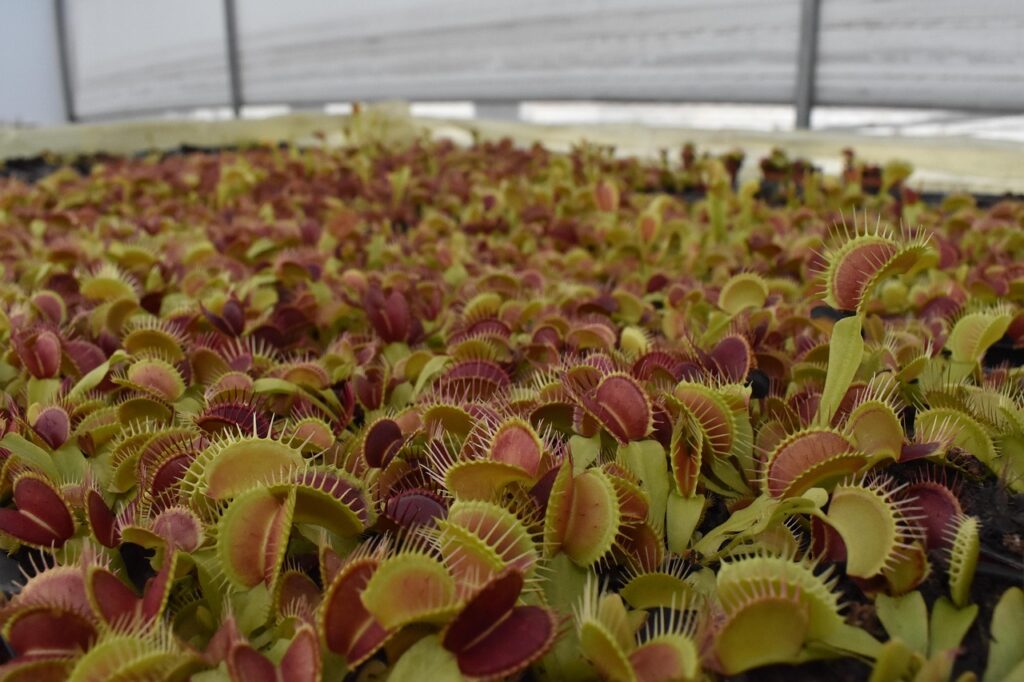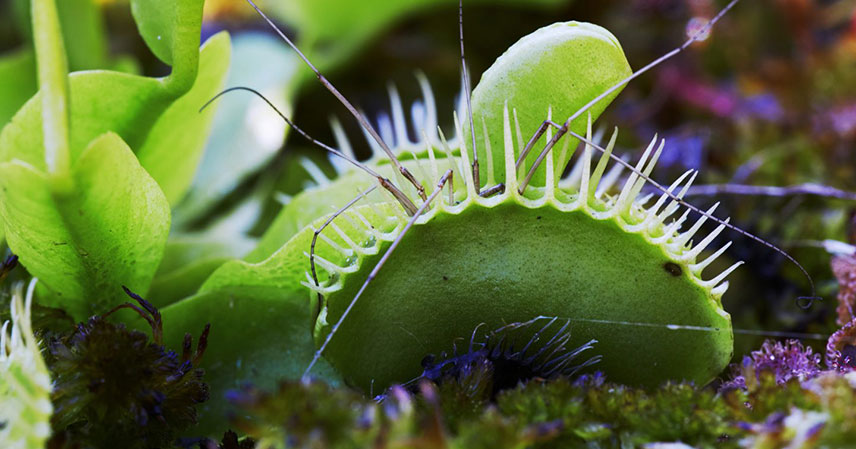The Venus flytrap, a marvel of the botanical world, has long captivated scientists and enthusiasts alike. This carnivorous plant is famous for its rapid, dramatic trapping mechanism. For years, the precise molecular identity of the touch sensor triggering these actions remained a mystery. Now, groundbreaking research from Japanese scientists has finally shed light on this intricate process. Their findings, published in the esteemed journal Nature Communications, reveal the molecular mechanism behind the plant’s lightning-fast responses.
This discovery marks a significant leap in our understanding of plant neurobiology. It offers crucial insights into how plants perceive and react to their environment. The Venus flytrap’s ability to generate and interpret electrical impulses is truly extraordinary. This new research provides a foundational piece of the puzzle. It deepens our appreciation for the complex sensory world of plants.
The Molecular Mechanism Revealed 🔬
The core of the Venus flytrap’s predatory success lies in its sophisticated sensory system. It generates rapid electrical impulses. These impulses are a direct response to touch or stress. Until recently, the specific molecules responsible for detecting these mechanical stimuli were unknown. The Japanese scientific team has now pinpointed these crucial molecular players. Their work identifies the precise mechanism that initiates the electrical signal cascade.
This breakthrough is not merely about a single plant. It provides a blueprint for understanding mechanosensation in a broader context. Similar molecular pathways might exist in other plant species. This could explain how they respond to wind, rain, or even root growth. The identification of this ‘touch sensor’ opens new avenues for genetic research. Scientists can now explore how these sensors evolved. They can also investigate how they are regulated at a cellular level.
Understanding these molecular details has profound implications. It could lead to developing plants with enhanced stress resistance. It might also inspire novel bio-inspired technologies. These technologies could mimic the plant’s efficient sensing capabilities. The elegance of nature’s engineering continues to astound us. This research highlights the intricate cellular machinery at play.
The Ingenious Trap: A Masterclass in Botanical Predation 🌿
The Venus flytrap’s hunting strategy is a testament to evolutionary brilliance. It begins by luring unsuspecting insects with a sweet, fruity scent. This aroma acts as an irresistible invitation. Once an insect lands on one of its leaves, it encounters highly sensitive trigger hairs. These hairs line the inner surface of the trap. They are the initial point of contact for prey.
The plant does not immediately snap shut. Instead, it waits for sufficient pressure to bend these delicate hairs. This initial bending registers as a first stimulus. The trap remains open, conserving energy. This mechanism helps the plant differentiate between actual prey and incidental contact. It ensures that valuable resources are not wasted on false alarms. The plant’s patience is a key to its survival.
Once the trap closes, a series of specialized cilia come into play. These finger-like structures interlock. They effectively grab and hold the insect securely in place. This prevents the prey from escaping. Following capture, the plant begins to secrete powerful digestive juices. These enzymes slowly break down the insect’s soft tissues. The digestion process can take anywhere from five to twelve days. After successful digestion, the trap reopens. It then releases the dried-out husk of the insect into the wind. This entire process is a masterpiece of precision and efficiency.
The Plant That Counts: A Cognitive Marvel 🌱
Beyond its mere ability to snap shut, the Venus flytrap possesses an even more astonishing capability. In 2016, a team led by biophysicist Rainer Hedrich made a remarkable discovery. They found that the Venus flytrap can actually ‘count’ stimuli. This sophisticated counting mechanism allows the plant to make intelligent decisions. It distinguishes between potential prey and non-edible objects. A small nut, a stone, or even a dead insect will not trigger a full response.
The plant detects the first ‘action potential’ when a trigger hair is touched. However, it does not close immediately. It waits for a second zap. This second stimulus confirms the presence of actual, living prey. Only then does the trap rapidly close. This two-step verification process is crucial. It minimizes energy expenditure on false positives. It is a highly efficient biological algorithm.
The plant’s intelligence extends further. The trap does not fully close and begin digestion until additional stimuli are registered. Specifically, the trigger hairs must be stimulated three more times. This brings the total count to five stimuli. Only after this fifth trigger does the plant commit to the energy-intensive digestion process. This multi-stage counting system is incredibly sophisticated. It highlights the complex decision-making processes found within the plant kingdom. It challenges traditional views of plant cognition.
Key Insights: What This Means for Science and Beyond 💡
- Advanced Plant Neurobiology: The identification of the molecular touch sensor deepens our understanding of how plants perceive their environment. This opens new avenues for studying plant communication and sensory processing at a fundamental level.
- Biomimicry and Innovation: The Venus flytrap’s efficient and selective trapping mechanism offers inspiration for engineering. Its counting ability and rapid response could inform the design of advanced sensors, robotics, or even ‘smart’ materials with adaptive properties.
- Rethinking Plant Intelligence: Discoveries like the counting mechanism challenge conventional definitions of intelligence. They prompt us to reconsider the cognitive capabilities of organisms beyond the animal kingdom, revealing complex decision-making in plants.
- Conservation and Ecological Understanding: A deeper understanding of these unique adaptations can aid in conservation efforts for the Venus flytrap and similar carnivorous plants. It also enriches our appreciation for biodiversity and the intricate web of life.
The Venus flytrap continues to unveil its mysteries, one scientific discovery at a time. The recent identification of its molecular touch sensor, coupled with its known ‘counting’ abilities, paints a picture of a plant far more complex and intelligent than previously imagined. These findings not only advance our knowledge of botany but also inspire us to look at the natural world with renewed wonder and curiosity. The future of plant science promises even more astonishing revelations.

Source: Scientists unlock secret to Venus flytrap’s hair-trigger response



